May 30, 2025
Author:Amanda Lyu
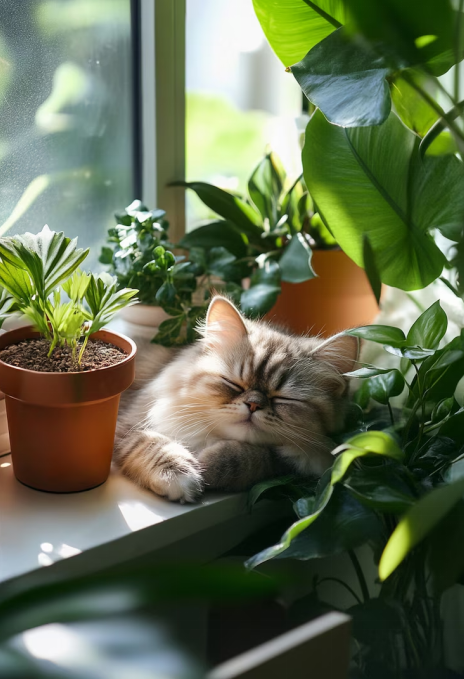
They look harmless. Cute, even. Lined up on windowsills or perched on coffee tables, succulents seem like the last thing that could put a cat at risk. But here’s the hard truth: some of them can.
Not all succulents are toxic, but the ones that are? They can trigger vomiting, diarrhea, or far worse symptoms if chewed or swallowed. And unless you know exactly what species you’re bringing home, you could be setting a silent trap for your cat.
This article cuts through the guesswork.
You’ll learn:
● Which succulents are toxic to cats, and what makes them dangerous
● Early signs of succulent poisoning and what to do if symptoms show up
● Safe succulent options you can grow with peace of mind
● Practical prevention tips to keep cats away from plants altogether
● When to call the vet—and what to expect
Let’s move on to straight answers to protect your cat, without giving up your green space.
Not all succulents are safe. That’s the part many people miss. While their thick leaves and sculptural shapes feel pet-friendly, several popular varieties contain compounds that can upset your cat’s system—or worse, send you rushing to the vet. These aren’t rare or exotic plants either. Many of the toxic ones are sold at big-box stores or gifted in decorative planters, with no warning label in sight.
Let’s break down what makes them dangerous.
Even a tiny bite can set off a chain reaction that may includes:
● Drooling
● Vomiting
● Lethargy
● Diarrhea
● Tremors
Some cats recover quickly. Others need IV fluids and urgent care. That variance is what makes it so risky.
Here are the most commonly reported culprits:
● Aloe vera – It causes diarrhea, vomiting, and tremors
● Jade plant (Crassula ovata) – These plants trigger incoordination, lethargy, and vomiting
● Pencil cactus (Euphorbia tirucalli) – Its highly irritating sap; can burn skin and mouth
● Snake plant (Sansevieria trifasciata) – Causes nausea and digestive upset
● Crown of Thorns (Euphorbia milii) – Toxic sap can cause intense irritation
● Kalanchoe – Leads to vomiting and, in serious cases, heart arrhythmias
You’ve seen a few symptoms already—vomiting, drooling, diarrhea. We listed them earlier, but there’s more to watch for, and timing is everything.
Cats don’t always show obvious symptoms right away. In fact, the first warning signs are often subtle. They might seem tired, skip a meal, or hide more than usual. These small shifts can quickly spiral into something serious.
● Unusual drooling or lip-smacking
● Vomiting (with or without plant fragments)
● Diarrhea or soft stools
● Sudden lethargy or weakness
● Loss of coordination
● Swollen mouth or pawing at the face
● Change in appetite or drinking habits
Here’s a quick action plan:
1. Remove the plant and prevent further contact
2. Rinse your cat’s mouth gently with water (if possible)
3. Check for remaining plant debris around their paws or face
4. Call your vet or the Pet Poison Helpline: 855-764-7661
5. Keep the plant sample (or photo of it) for ID purposes
According to the studies, 91% of cat poisoning cases reported in the past year were treatable if caught within the first 4 hours. That window can make the difference between home recovery and a lengthy vet stay.
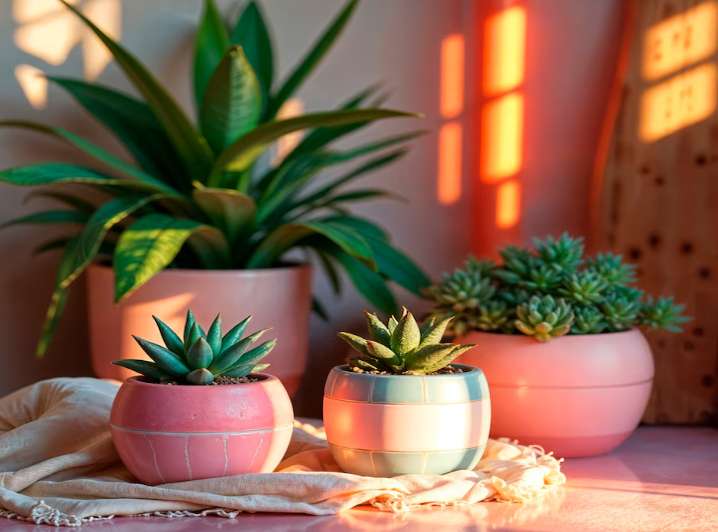
You shouldn’t have to choose between keeping your cat safe and keeping your plants alive. If you’ve got a curious feline at home, it’s smart to rethink what goes in your pots—but that doesn’t mean your plant setup has to look boring.
There are plenty of stunning succulents (and succulent-adjacent plants) that won’t put your cat at risk if they decide to snoop. Here's a closer look at options you can feel good about.
This one’s a no-brainer. Haworthia looks a lot like Aloe—sharp leaves, tight rosettes—but it plays much nicer with cats. Unlike Aloe, which can trigger vomiting or worse, Haworthia is completely non-toxic. It’s compact, hardy, and doesn’t drop leaves easily, so there’s less mess and less temptation.
Echeveria brings the aesthetics without the stress. These soft, symmetrical plants come in a range of colors and shapes and have been confirmed safe for cats by both the ASPCA and UC's plant toxicity database.
They don’t produce irritating sap, don’t fall apart easily, and sit low enough that they rarely tip over. Even if your cat takes a swipe, you're not staring down an emergency vet visit.
If your cat knocks a few leaves off and decides to sample one, it won’t do much harm.
It grows best in a hanging pot where it can cascade naturally, keeping it out of reach most of the time. Even if a leaf or two hits the floor, the risk is next to zero.
Technically not a succulent, but worth mentioning. Spider Plants are famous for being both pet-safe and ridiculously easy to grow. That said, some cats get weirdly obsessed with them because they contain compounds that can cause a temporary “high.” It’s not toxic, but it can make your cat act a little off.
To play it safe, hang them high or put them somewhere cats can’t dig in. Even if they chew a bit, the worst outcome is usually a little stomach upset from eating too much fiber.
If you want something that adds height and a tropical feel, the Areca Palm is a solid pick. Unlike the dangerous sago palm, this one doesn’t contain any known toxins.
Its light, feathery fronds may look like a toy to some cats, but they’re harmless if chewed. It thrives in bright, filtered light and looks great in larger floor pots. Tuck it into a corner that’s hard to access, and you’ve got a safe, stylish statement plant.
These plants let you keep your space looking sharp without putting your cat at risk. No toxic compounds. No panicked Googling. No emergency vet bills over a houseplant. Peace of mind, with a side of greenery.
Even the safest succulent can turn into a problem if your cat won’t leave it alone. Whether it’s chewing leaves, knocking over pots, or digging into the soil, feline curiosity can undo your efforts in seconds.
And if the plant is toxic? You don’t want to rely on luck. The good news is that you don’t have to move your plants to unreachable shelves or live in fear of every nibble. With the right strategies—and the right equipment—you can build a home where plants and pets coexist.
Cats are creatures of habit. If they regularly jump on your windowsill or shelf, that space belongs to them. So, rather than scattering your succulents around the house, rethink their placement:
● Group them in one low-traffic area
● Use floating wall planters or vertical racks
● Avoid clustering plants near litter boxes, beds, or feeding areas
Cats will ignore plants they can’t reach or don’t see as part of their territory.
Some textures and scents naturally repel cats, without harming them.
● Surround pots with rough stones or pinecones
● Spray diluted citrus oils around the base (never directly on the plant)
● Use double-sided tape temporarily on shelves to break habits
The goal isn’t punishment—it’s interruption. These minor changes help cats redirect their curiosity elsewhere.
A practical solution is using a food-based distraction—something that offers both mental engagement and physical reward. One proven option: the WOpet Automatic Cat Feeder with Wi-Fi Control.
Here’s how it helps:
● You can schedule feedings during times your cat gets restless, often when plant mischief happens
● It creates a predictable routine, which lowers anxiety and restlessness
● Built-in portion control helps regulate eating habits, so cats don’t overgraze from boredom
● Some models come with voice interaction, letting you call them away from trouble
When a cat has a scheduled task, like chasing the sound of their feeder activating, they’re far less likely to poke around your succulents out of habit. This isn’t a gimmick. It’s structured enrichment that works.
If you’ve made it this far, you’re not guessing anymore. You’ve sorted out which succulents can harm your cat, which ones are safe, and what early signs to look for if something goes wrong. You’ve also picked up real, practical ways to protect your plants and your pets—without flipping your whole routine upside down.
Whether you’re a first-time plant owner or managing a house full of greenery, you now have the tools to stop risks before they start. And if you’re using WOpet’s smart feeding solutions to create structure and enrichment, you're covering more than one base at once—pet safety, health, and behavior.
Here’s a quick recap of what we covered:
● Toxic succulents that are common in homes, and what makes them harmful
● Warning signs of poisoning and how to act fast if symptoms appear
● Five non-toxic succulents you can grow confidently around cats
● How to spot the difference between mild irritation and an emergency
● Smart ways to stop cats from chewing or disturbing plants
● How WOpet’s auto-feeders help reduce stress-driven behavior in indoor cats
The right information and the right products take the guesswork off your plate. WOpet simplifies the daily routine so you can focus on creating a home that works for every living thing in it—leaves, paws, and all.
Label:
Popular Post
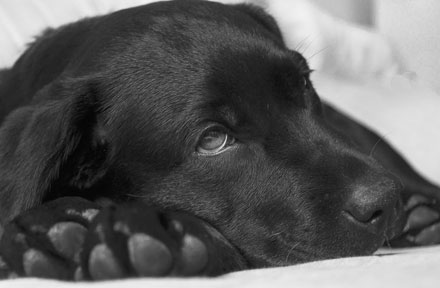
What to Feed a Sick Dog With No Appetite? [2025 Guide]
May 16, 2023
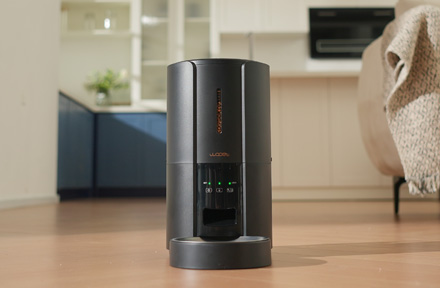
Troubleshooting Common Issues with Automatic Pet Feeders: Tips & Tricks for Pet Owners
Oct 26, 2023
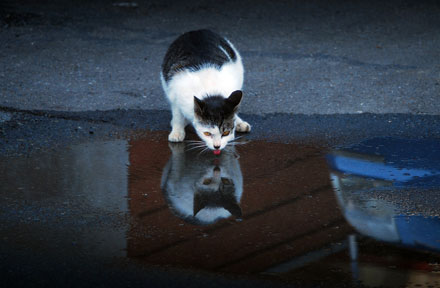
Why Does My Cat Cough After Drinking Water? 8 Potential Reasons
Mar 13, 2023
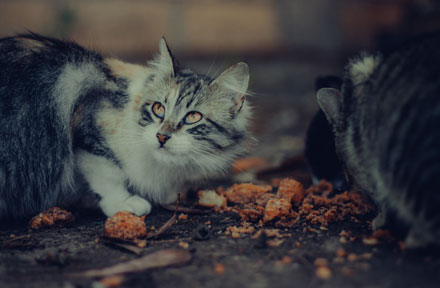
My Cat Only Eats A Little at A Time - What to Do?
Feb 27, 2023
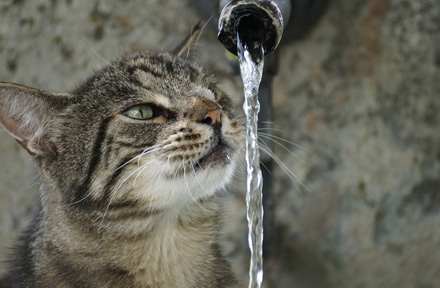
Why is My Cat Throwing up Water? Top 5 Causes Here
Feb 08, 2023
$99.99
$129.99
Copyright © 2025 WOPET. All Rights Reserved.